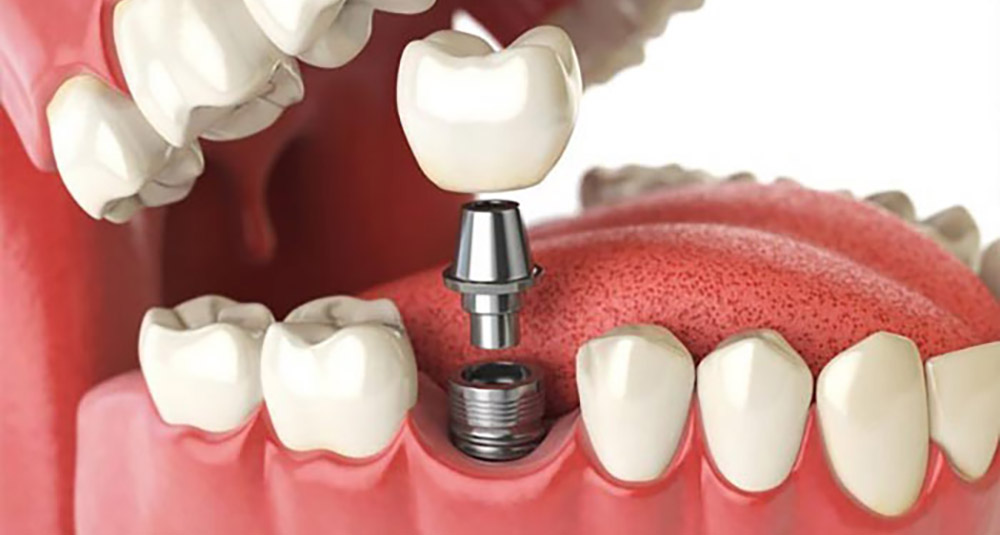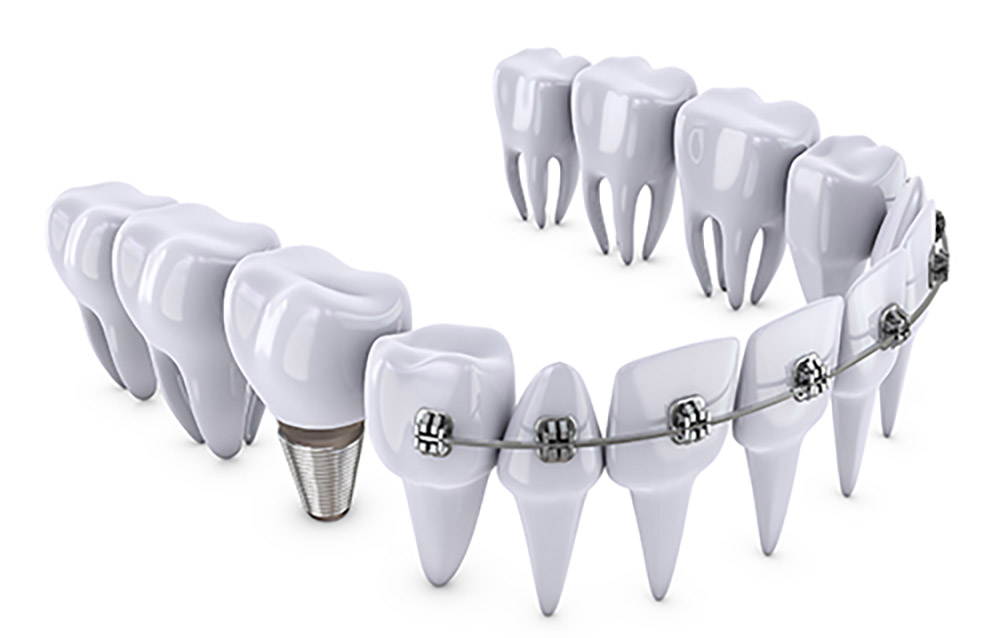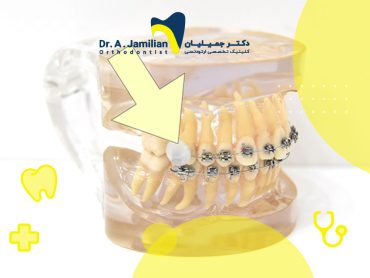In dentistry; there are some cases where the patient’s teeth should be aligned using multiple methods. For example, both orthodontics and dental implant surgery may be required. However, it is necessary to determine which one should be done first. Dental implant surgery is a procedure that can improve the beauty of your oral cavity and teeth. This procedure eliminates your concerns about the extracted or missing tooth by replacing them with artificial teeth. Orthodontics is also a procedure for the alignment of crooked or malpositioned teeth, which can negatively affect the mental health of individuals. An experienced orthodontist well knows that orthodontics and dental implant surgery should be combined in a treatment plan to ensure the health and beauty of jaws and teeth.

Preconditions for dental implant surgery and orthodontics
When you visit a skilled orthodontist to improve your teeth conditions, the orthodontist first reviews the X-ray images and examines your jaws and teeth in a counselling session to determine whether you are a good candidate for orthodontics. In some cases, the orthodontist may decide to perform dental implant surgery before, after, or at the same time as orthodontics. For example, the orthodontist may decide to extract some teeth to provide enough space for the displacement of other teeth. As a result, part of the dental arch remains empty at the end of the orthodontic treatment. If the space is not filled with implanted teeth, the teeth may again move toward that space. However, this is a rare condition; in adults, the space at the end of the dental arch does not much affect the distance between the front teeth. In general, an orthodontist may recommend the patient to undergo all necessary treatments.
Order of priority
After explaining the significance of combining dental implant surgery and orthodontics in a treatment plan, it is necessary to know which one should follow the other. There are three scenarios about the order of priority of dental implant surgery and orthodontics. However, it’s important to know all of these will be decided by your orthodontist and each has their own reasons.
Orthodontics before dental implant surgery
In dental implant surgery, artificial teeth with a titanium base are screwed into the jaw. In other words, artificial teeth are fixed and cannot move at all. In cases where patients want to undergo orthodontics to align their teeth, orthodontists commonly recommend patients first receive the orthodontic treatment and then undergo dental implant surgery to fill the space on the dental arch.
Orthodontics after dental implant surgery
While implanted teeth cannot move, it is sometimes necessary to perform dental implant surgery before the orthodontic treatment. One of the main duties of an orthodontist before the treatment is to decide the order of priority between these two procedures. An example would be, dental implant surgery should be performed before orthodontics. When an artificial tooth is implanted in that part of the dental arch that will be affected by the orthodontic treatment, it may get affected. Also, if the patient begins orthodontic treatments after missing several teeth, there may not be enough teeth to hold the orthodontic appliances.

Simultaneous orthodontics-dental implant surgery
A skilled orthodontist will examine and monitor all changes in teeth and jaws during the orthodontic treatment. This will be done to take necessary actions at each stage. In some cases, the orthodontist may conclude that the patient should undergo dental implant surgery during the treatment. If this were to happen; the orthodontist would be skilled and experienced enough to manage both procedures simultaneously to achieve the desired therapeutic result.
The first scenario is more commonly performed by orthodontists among the above-mentioned scenarios. However, performing each of these scenarios requires high accuracy, skill, and mastery. Considering the significance of safety during orthodontic treatments, patients are recommended to visit the best and most experienced orthodontist to achieve the most favorable therapeutic result.







